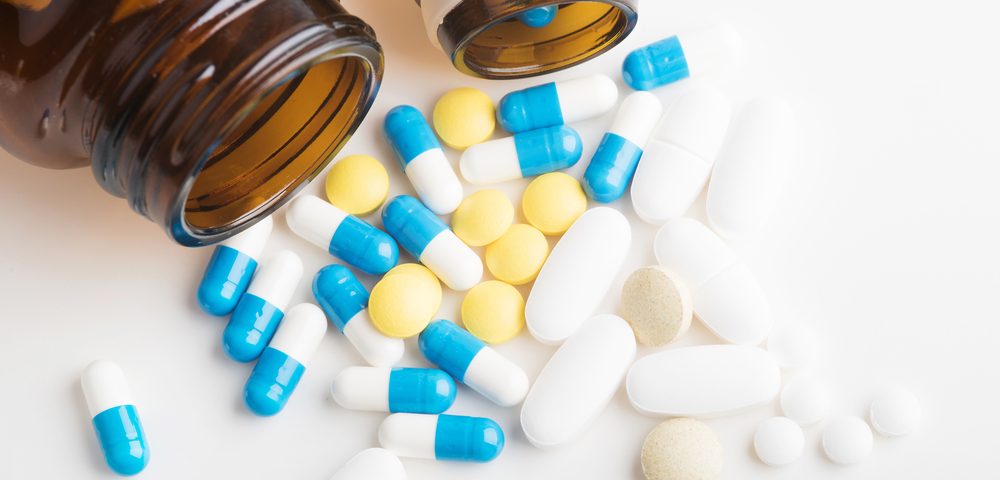French researchers have used mathematical modeling to select the best treatment schedule and dosing of Navelbine (vinorelbine) chemotherapy for mesothelioma and non-small cell lung cancer (NSCLC) patients.
Their study, “Mathematical modelling for Phase I cancer trials: A study of metronomic vinorelbine for advanced non-small cell lung cancer (NSCLC) and mesothelioma patients,” appeared in Oncotarget.
A Phase 1 clinical trial evaluated the safety and efficacy of the new dosage schedule; results show that prolonged use of oral Naveline has an acceptable safety profile.
Navelbine, a semi-synthetic anti-cancer drug used to treat both NSCLC and mesothelioma, has intravenous and oral forms. But the oral form allows doctors to give Navelbine regularly, over long periods of time, with fewer toxic effects. While metronomic chemotherapy inhibits tumor blood vessel formation and immune stimulation, the optimal scheduling and dosing remains to be determined.
Researchers at Aix Marseille University used a mathematical model that considered pharmokinetics and pharmodynamics — the way drugs behave in blood and tumors — to generate a dosage schedule that would make chemotherapy more efficient while reducing toxicity. They achieved a weekly schedule of 60 mg on day 1, 30 mg on day 2, rest on day 3 and 60 mg on day 4.
The study, which ran from August 2015 to February 2016, enrolled 12 participants — six men and six women with a median age of 68 — who were treated for a median of 6.5 weeks. Nine of the patients had NSCLC; the other had mesothelioma. All participants had at least one adverse event during the course of the trial, and six had severe adverse events. Ten patients had anemia, the most common side effect.
Tumor growth stabilized in five patients and progressed in four; one patient partially responded to treatment. Patients remained stable for a median 2.5 months before disease progression and achieved a median overall survival of 6.4 months with this treatment.
This schedule allowed a mean of 159 ng of Navelbine per milliliter of blood over an hour and a median of 122 ng of the drug per milliliter of blood over the same time. The higher results of blood exposure to Navelbine were associated with the study’s best overall response rate.


